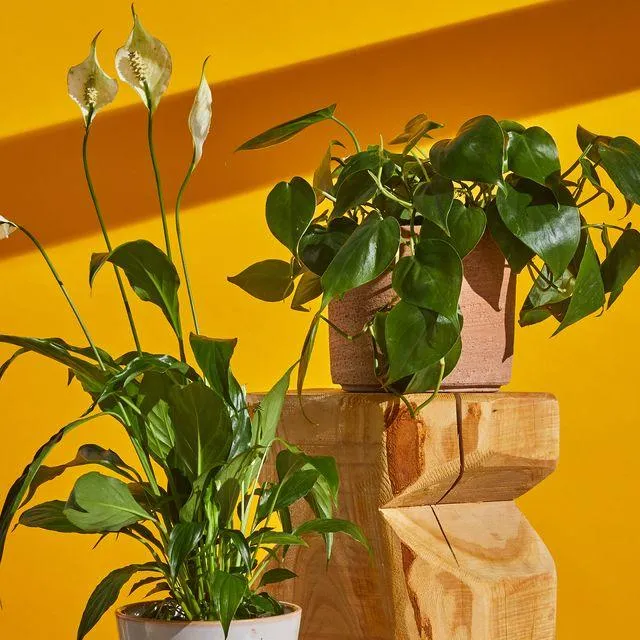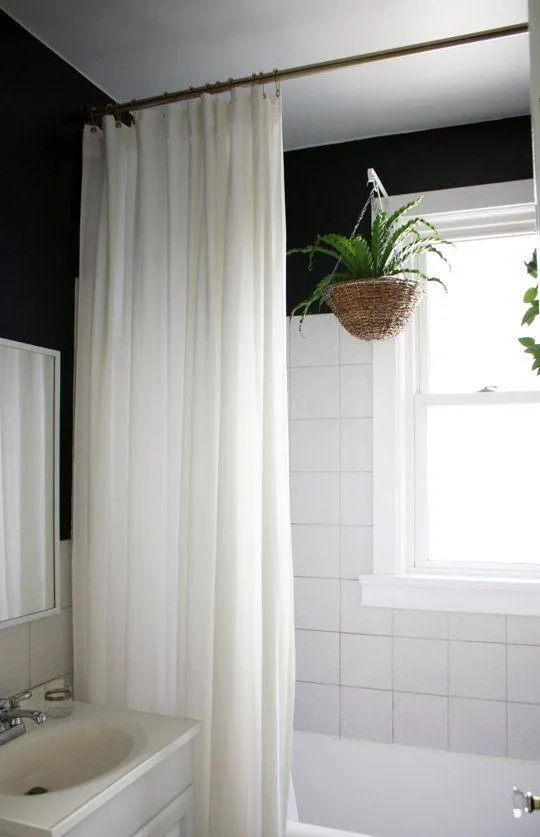Top Plants That’ll Give Your Space a Gorgeous Draping Look
Whether you’re looking to add some visual interest to your home’s interior or exterior, draping plants can provide an elegant accent. From my experience as an avid gardener, these vines and climbers not only dress up bare walls and fences but also offer unique textural appeal. In this article, I’ll explore some of the best options to consider if you want plants that drape. Buckle up for a plant-filled ride!
English Ivy
Hands down one of the most popular climbing plants around, English ivy (Hedera helix) has gotta be near the top of the list. This hardy evergreen is practically the poster child for plants that drape thanks to its dense, glossy foliage. It thrives in shades or sun and will cover massive areas if given the chance. Kind of messy though – don’t use it if small children may try to eat the berries. Containment is key with this fast grower.
Ivy spreads slowly at first but really takes off after a few years. The staggered leaves come in various shades of green and make beautiful patterns as they cascade downward. It can blanket walls, fences, trees – you name it. Just be sure the structure can support the additional weight. From personal experience, ivy helps insulate homes too on chilly winter days. So basically a win-win plant if kept in check!
Clematis
For colorful blooms and an old-fashioned charm, clematis is hard to beat. These flowering vines come in a huge variety of colors from deep purple to bright pink and every shade in between. The flowers appear in late spring through early fall depending on the variety. Some even rebloom periodically through the growing season.

I have a mixed border with salvias, lavender and clematis “Jackmanii.” It looks stunning all summer long. Clematis need a sunny spot and something solid like a fence or archway to climb. Make sure to give them a trim in late winter too to keep them bushy. They may be a bit more delicate than English ivy but the blooms are totally worth keeping an eye on these beauties, in my not-so-humble opinion.
Climbing Hydrangea
For lush, leafy vines with huge blooms, climbing hydrangeas (Hydrangea petiolaris) are hard to beat. The flowers start out as small green balls in spring, gradually developing into huge snowball-like flower heads in summer. Mine range in color from pink to blue depending on soil pH. It looks amazing next along my porch, kinda like those Pinterest pictures, you know?
Hydrangeas prefer partial shade and well-draining soil. Fun fact, the flowers actually change color as they age – starting light then darkening with time. I gave some starts to my sis last year and even she was impressed at how easy they were to grow. This plant kinda stole the show in her yard this season, if I do say so myself!
Trumpet Vine
- Trumpet creeper (Campsis radicans) – With brilliant orange-red trumpet shaped blooms in summer and fall, this fast growing vine really packs a visual punch. It thrives in full sun and tolerates various soil types. Drawback is it can be invasive in some areas if not contained. I once made the mistake of planting it too close to the property line whoops!
- Japanese honeysuckle (Lonicera japonica) – Very fragrant white or yellow flowers in spring and summer. It does spread vigorously by underground stems so definitely needs boundaries. But the sweet honey scent totally makes up for it IMO. Plus it attracts hummingbirds like nobody’s business which is always fun to watch.
I find both these vigorous vines make excellent screens or coverings for unsightly areas like chain link fences or utility boxes. Their bold foliage and flowers steal the show every time. Does require more effort to control their wandering ways though so not for everyone I s’pose.

Wisteria
Okay so I saved the most show-stopping yet temperamental bloomer for last – wisteria! In spring, these deciduous vines erupts in pendulous clusters of purple, blue, white or pink flowers. The intoxicating fragrance carries for what seems like miles. Simply stunning! Mine’s been thriving for 10+ years and never fails to attract attention.
Downside is that wisteria needs the perfect conditions to flourish. It demands full sun, well-draining soil, and regular pruning to maintain a hardy structure. Left to its own devices it could totally overwhelm your house ngl. Also supposedly brings good luck if planted near the front door? Can’t promise that tbh but the flowers are def worth any extra TLC in my book!
So in summary, those are some top plant picks if you seek vines and climbers with gorgeous draping habits. Before planting, assess your site conditions – how much sun or shade, soil moisture, potential space for growth. Match the right plant to the conditions and you’ll be rewarded with flowing foliage and flowers for seasons to come. How’s that for info on plants that drape? Let me know if you need any other planty deets!
Plant Characteristics for Draping Plants
| Plant | Color | Light Needs | Size | Care Needs |
|---|---|---|---|---|
| Pothos | Green/Variegated | Low | Small to Medium | Easy |
| English Ivy | Green | Low to Medium | Large | Easy |
| Tradescantia | Purple/pink/green | Medium | Small | Easy |
| Spider Plant | Green | Low to Medium | Small to Medium | Easy |
| Wandering Jew | Purple/pink/green/white | Low to Medium | Small | Easy |
FAQ
-
What kinds of plants grow vines that hang down?
Plants that produce long, stringy stems that grow along the ground or climb surfaces are called vines. Some common plants with vines include ivy, grapes, climbing hydrangea, morning glory, clematis, and honeysuckle.

-
How far can vines grow each year?
Vines can grow quite a bunch in a single season! Grape vines potentially may extend over 15 feet in one season. Wisteria vines have been known to reach progress of 30 feet or more annually. However, most vine growth depends on conditions like sunlight, water, soil nutrients, and available space to climb.
-
What structures do vines grow on?
Vines use different structures for support as they grow upward and outward. Popular options include fences, arbors, pergolas, walls, tree trunks, and trellises. Some strong vines even climb straight up the side of a house. The key is offering the vines something sturdy and tall to wrap around.
-
Do vines damage what they climb on?
While vines bring beauty, they can potentially cause harm over the long haul. Heavy vines tug and pull on supports. They might dislodge siding or weaken structures. Roots searching for footing sometimes crack walls. However, with regular trimming and maintenance, vines likely will not damage sound surfaces. It seems to depend a lot on the vine type and condition of what it climbs.
-
How can I help vines climb higher?
To assist vines in reaching their maximum height, gardeners utilize pruning techniques and attaching guidance. Pruning removes lower growth so the plant focuses energy upward. Twine, strings, and tied supports guide new stems where desired. You can find or make vine trains, lattices, and tie points to literally “train” growth skyward. As long as the vine has something to grip, it will reach tall.

-
Is it hard to care for climbing plants?
Caring for vines seems to require more work than ground covers but offers big rewards. The key tasks involve training, trimming, watering, and fertilizing. Training young vines demands tying and guiding stems periodically, which consumes time. Once established, regular pruning keeps a canopy attractive. Vines likely need watering at least once a week during hot spells. Experts advise fertilizing in spring to spur lush growth. Overall, the care aligns with most garden plants with some tweaks for their vertical habit.
-
What are the pros and cons of using vines?
Vines provide both advantages and disadvantages for gardens. The pros involve creating privacy, shade, botanical artwork up walls or structures, and wildlife habitat. They spruce up otherwise blank surfaces. However, cons possibly include invasion of other plants, risk of damage from heavy growth, and needing frequent control through pruning or trimming. Pests sometimes feast more on vines than other plants. Overall, careful selection and upkeep seems key to mostly enjoying vines’ perks while preventing ill effects.
